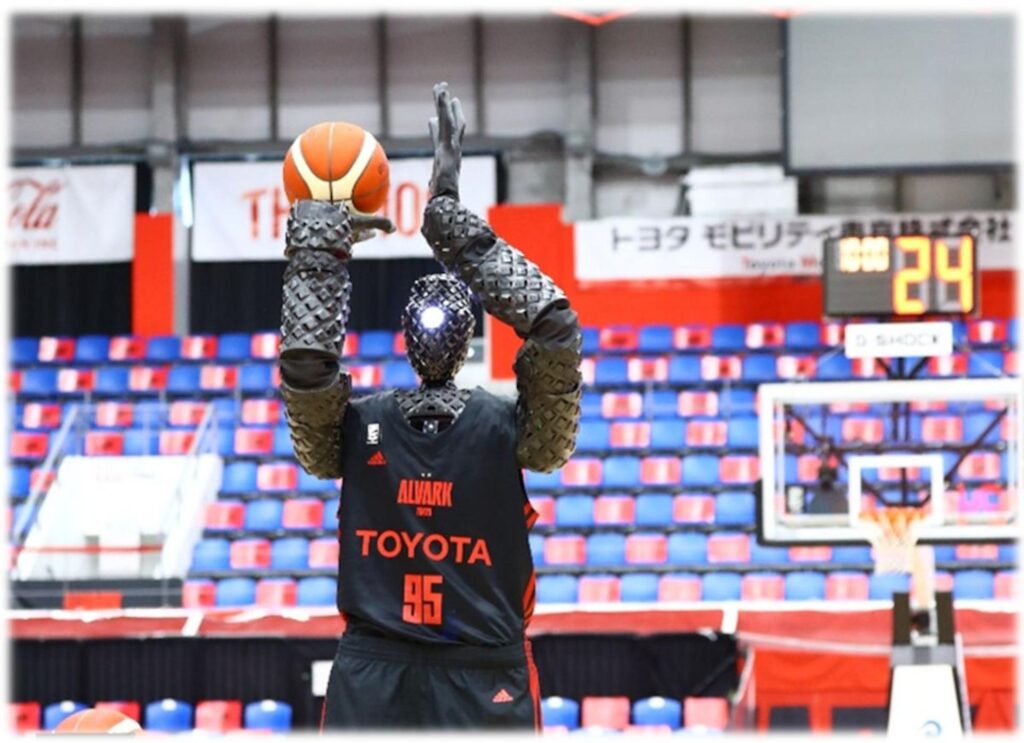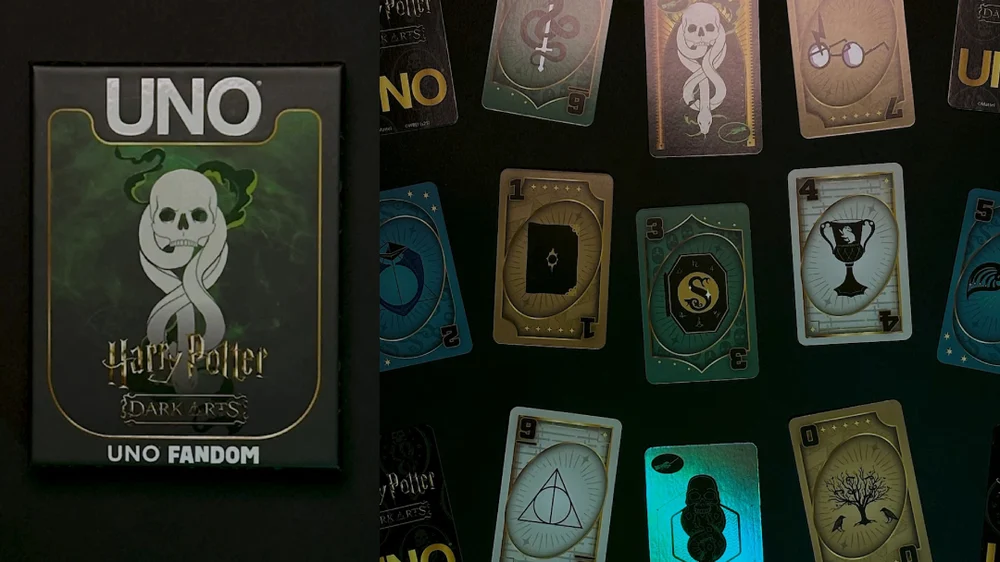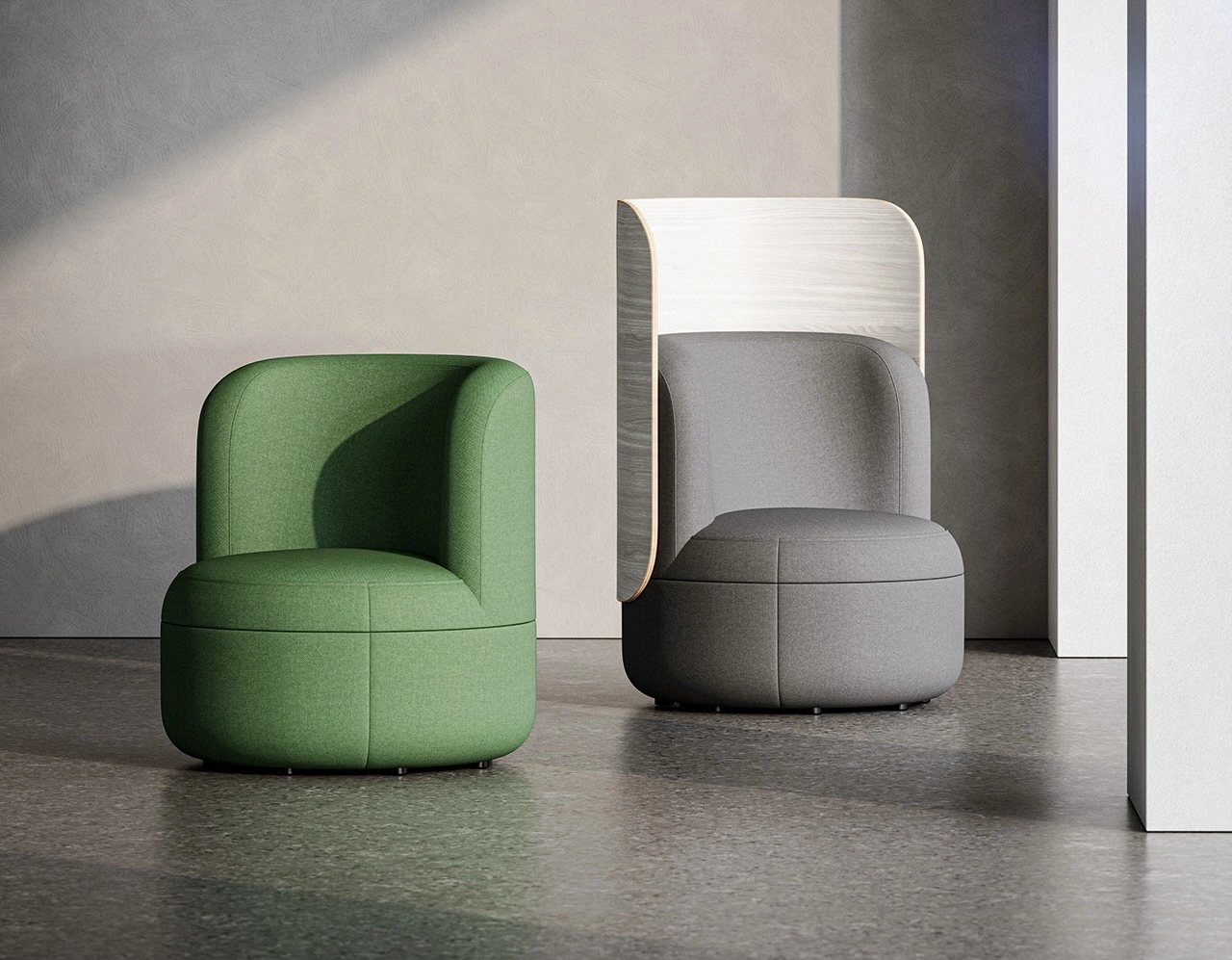Toyota has long been a leader in pushing the boundaries of engineering and robotics, and its latest achievement proves that innovation is not confined to the automotive industry. In a groundbreaking moment, Toyota’s basketball-playing humanoid robot, named CUE, sank an 80-foot shot, shattering records and redefining the potential of robotics in sports. This extraordinary accomplishment showcases the intersection of advanced technology, artificial intelligence (AI), and human ingenuity. In this article, we’ll dive into the journey of CUE, the engineering marvel behind its basketball skills, and the broader implications of its achievements.
Meet CUE: Toyota’s Basketball Humanoid
CUE isn’t just any robot—it’s a humanoid designed to mimic the movements and actions of a professional basketball player. First introduced in 2018, CUE was developed as part of Toyota’s efforts to showcase its robotics and AI capabilities. Over the years, the robot has gone through multiple iterations, with engineers refining its mechanics, algorithms, and design to create a machine capable of near-perfect precision on the court.
CUE’s abilities include dribbling, passing, and, most notably, shooting hoops. Equipped with state-of-the-art sensors and advanced AI, the robot can calculate the optimal angle, force, and trajectory required to make a shot. While its previous feats included making free throws and three-pointers with impressive accuracy, the 80-foot shot marked a significant leap forward.
The Science Behind the Shot
The 80-foot shot required more than just a strong arm; it demanded an intricate understanding of physics and robotics. Here’s a breakdown of how CUE achieved this remarkable feat:
Sensors and Data Processing
CUE is equipped with cutting-edge sensors that gather data about the environment, including the basketball court, the hoop’s position, and the ball’s weight. These sensors allow the robot to analyze variables such as distance, wind resistance, and gravitational pull.
AI-Powered Calculations
Using its onboard AI system, CUE processes the sensor data to calculate the perfect shot trajectory. This involves determining the angle, velocity, and spin needed to guide the basketball into the hoop from an unprecedented distance.
Mechanical Precision
CUE’s robotic arms and joints are engineered to deliver consistent and precise movements. For the 80-foot shot, the robot executed a complex motion sequence to ensure the ball left its grip at the optimal speed and angle.
Trial and Error
While the robot’s calculations are highly accurate, achieving perfection required numerous trials and adjustments. Toyota’s engineers worked tirelessly to refine CUE’s programming, ensuring it could adapt to different conditions and replicate its success consistently.
A Record-Breaking Achievement
The 80-foot shot wasn’t just a demonstration of CUE’s capabilities—it was a record-breaking moment that captured the imagination of sports and tech enthusiasts worldwide. Here’s why the shot is significant:
Pushing the Limits of Robotics:
CUE’s achievement highlights the potential of robotics in performing tasks that require extreme precision and skill. It underscores how far AI and engineering have come in replicating human abilities.
Blurring the Lines Between Humans and Machines:
While CUE’s performance isn’t driven by athletic talent or instinct, its ability to execute a shot with such accuracy challenges the perception of what robots can achieve in traditionally human-dominated fields.
A New Benchmark in Robotic Innovation:
The 80-foot shot sets a new standard for what robotics can accomplish in sports, paving the way for further developments in AI-powered machines.
The Evolution of CUE
CUE’s journey from concept to record-breaking robot has been a story of relentless innovation. Toyota’s engineers initially designed the robot as a proof of concept, showcasing the potential of AI and robotics in solving complex problems. Over time, the project evolved into a platform for testing new technologies and pushing the boundaries of what robots can do.
CUE’s Early Days
The first iteration of CUE could perform basic basketball tasks, such as shooting free throws with remarkable accuracy. It wasn’t long before Toyota’s engineers began refining the robot’s mechanics and AI, allowing it to take on more challenging shots.
Milestones Along the Way
•Free Throw Accuracy: CUE first gained attention for its ability to consistently sink free throws, often outperforming human players in terms of precision.
•Three-Point Range: With improvements in its AI algorithms and mechanics, CUE expanded its range, making three-point shots with ease.
•The 80-Foot Shot: The latest milestone in CUE’s journey represents not just a technological achievement but also a statement about the future of robotics.
Implications for Sports and Robotics
CUE’s accomplishments go beyond the basketball court. They have significant implications for both the world of sports and the broader field of robotics.
Enhancing Sports Training
Robots like CUE could revolutionize how athletes train. By replicating specific moves and scenarios with precision, humanoid robots could help players refine their techniques and strategies. For example, a basketball player could practice against a robot defender programmed to mimic an opponent’s movements.
Promoting STEM Education
CUE’s success inspires interest in science, technology, engineering, and mathematics (STEM). It demonstrates the real-world applications of robotics and AI, encouraging the next generation to pursue careers in these fields.
Advancing Robotics Research
The engineering challenges involved in creating CUE have driven advancements in robotics, from improved sensor technology to more sophisticated AI systems. These developments could have applications in industries ranging from manufacturing to healthcare.
Ethical Considerations
As robots become more capable, questions arise about their role in traditionally human activities. While CUE’s achievements are celebrated, they also spark debates about the future of robotics in sports and other fields.
What’s Next for CUE?
With the 80-foot shot under its belt, what’s next for Toyota’s basketball-playing humanoid? While Toyota hasn’t revealed specific plans, there are several exciting possibilities:
•Expanded Skills: Future iterations of CUE could learn new basketball skills, such as dribbling under pressure or executing complex plays.
•Collaborations with Athletes: Toyota could partner with professional players and teams to test CUE’s abilities in real-world scenarios.
•Applications Beyond Sports: The technologies developed for CUE could be adapted for other fields, such as robotics-assisted surgery or disaster response.
Toyota’s basketball-playing humanoid, CUE, has redefined what’s possible in robotics. The record-breaking 80-foot shot isn’t just a milestone for the robot—it’s a testament to the power of innovation and human ingenuity. As CUE continues to evolve, it will undoubtedly inspire new ideas and breakthroughs in both robotics and sports.
In a world increasingly shaped by technology, CUE’s story serves as a reminder of the incredible potential that lies at the intersection of engineering and creativity. Whether on the basketball court or beyond, the future of robotics has never looked brighter.
No comments yet.








